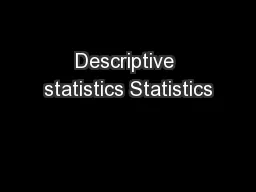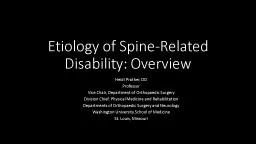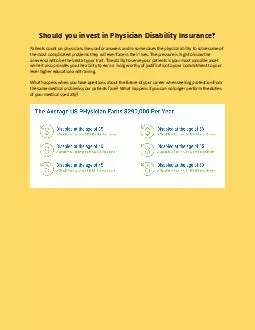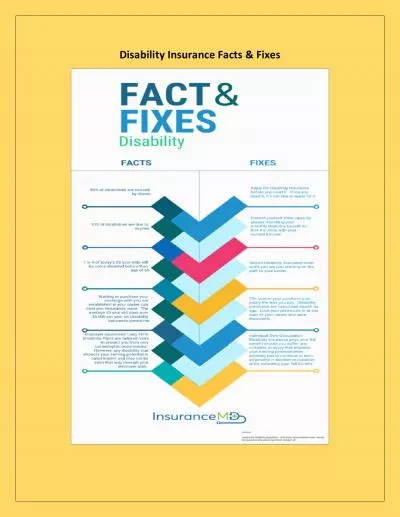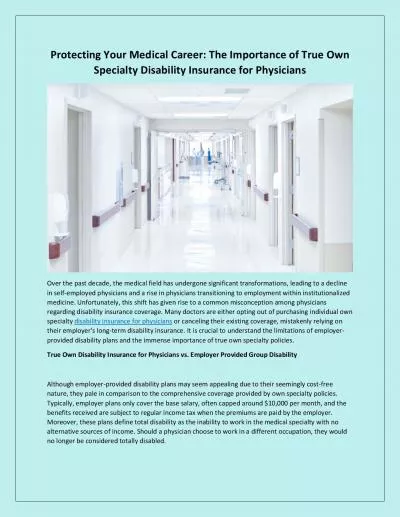PPT-MOROCCAN EXPERIENCE ON DISABILITY STATISTICS
Author : mitsue-stanley | Published Date : 2019-06-22
THE KINGDOM OF MOROCCO HIGH COMMISSION OF PLANNING BY ZINEB EL OUAZZANI TOUAHAMI Statistician Engineer Directorate of Statistic High Commission of planning Morocco
Presentation Embed Code
Download Presentation
Download Presentation The PPT/PDF document "MOROCCAN EXPERIENCE ON DISABILITY STAT..." is the property of its rightful owner. Permission is granted to download and print the materials on this website for personal, non-commercial use only, and to display it on your personal computer provided you do not modify the materials and that you retain all copyright notices contained in the materials. By downloading content from our website, you accept the terms of this agreement.
MOROCCAN EXPERIENCE ON DISABILITY STATISTICS: Transcript
Download Rules Of Document
"MOROCCAN EXPERIENCE ON DISABILITY STATISTICS"The content belongs to its owner. You may download and print it for personal use, without modification, and keep all copyright notices. By downloading, you agree to these terms.
Related Documents



